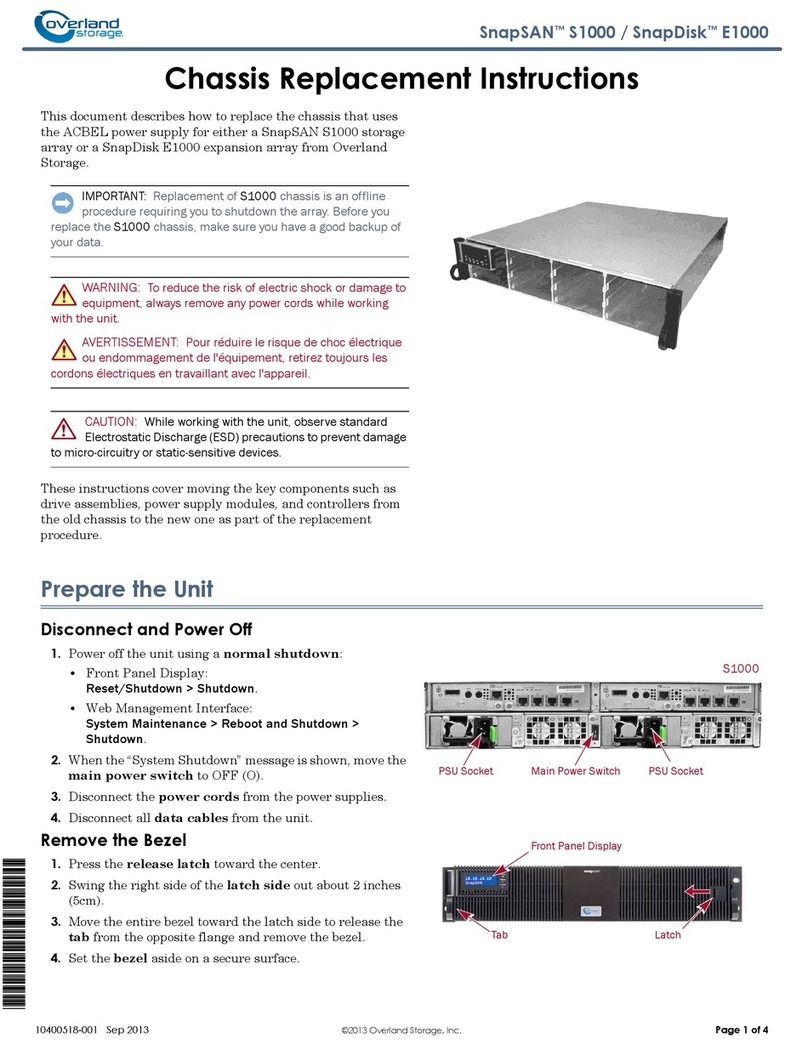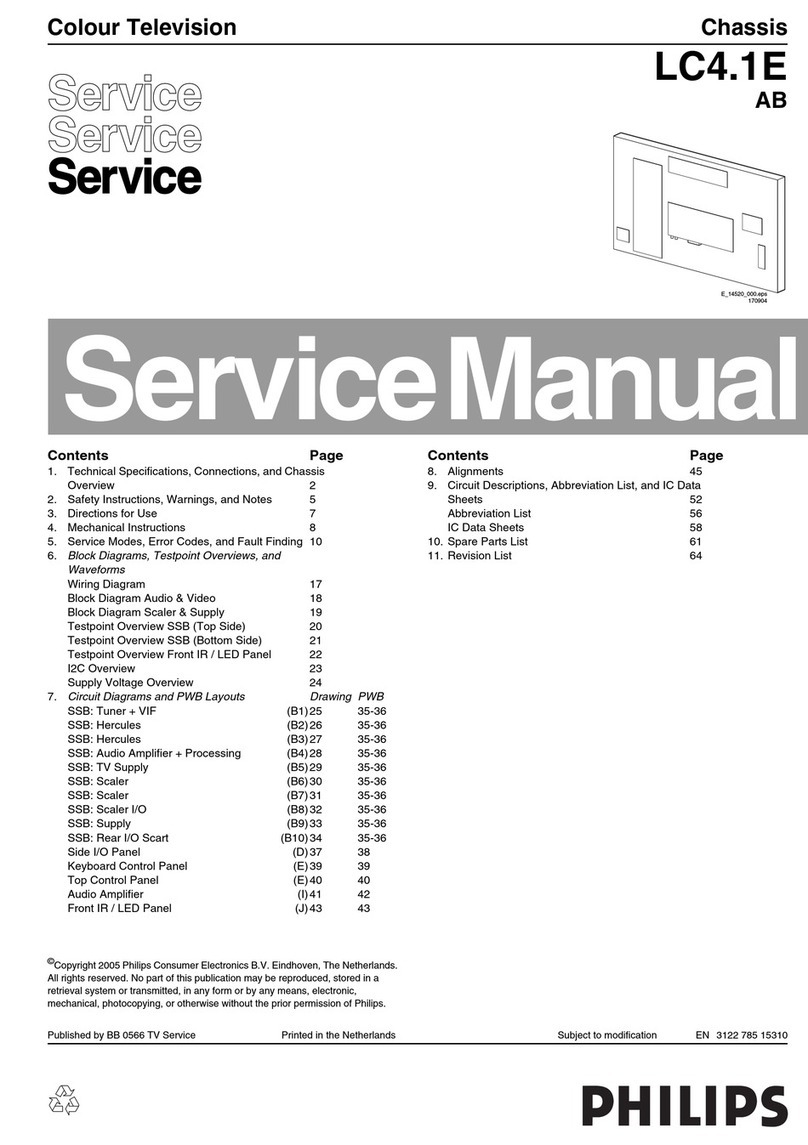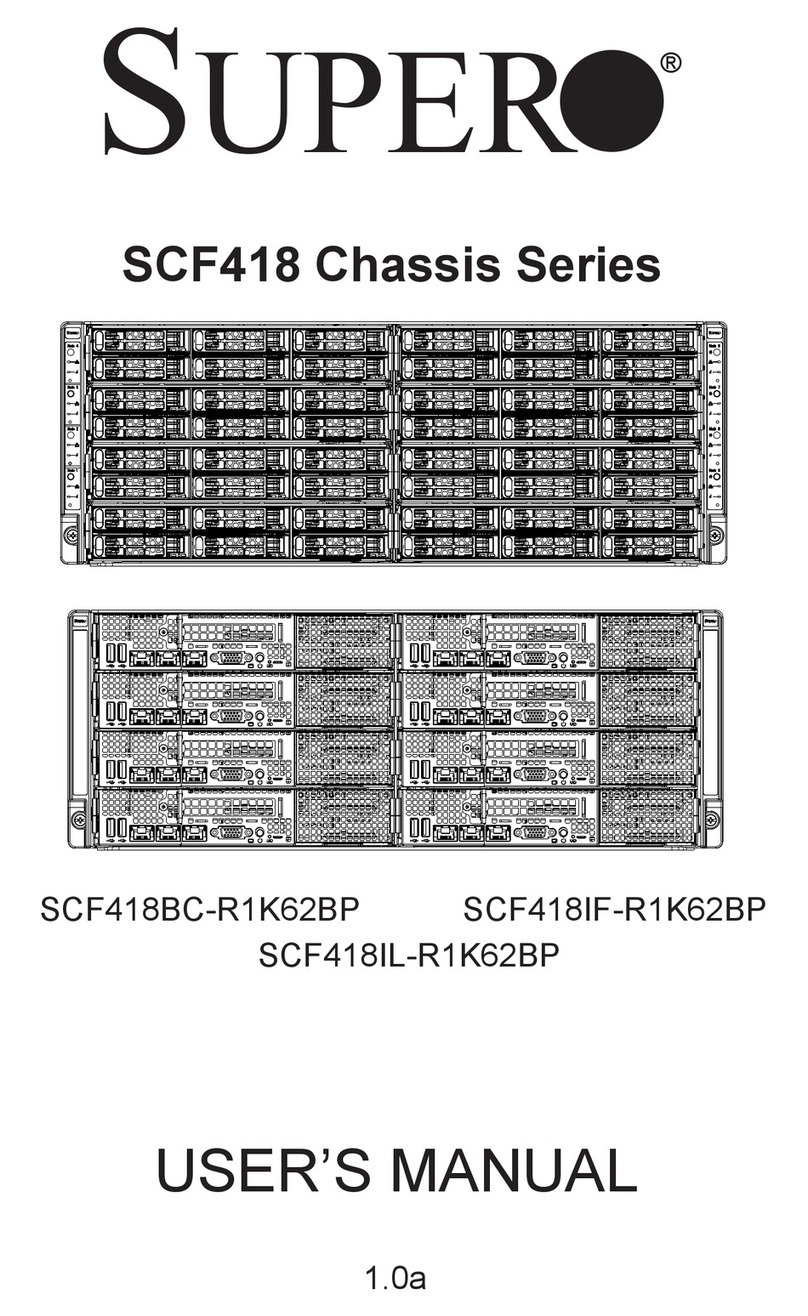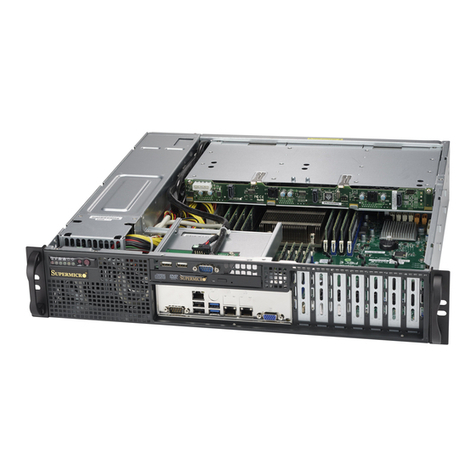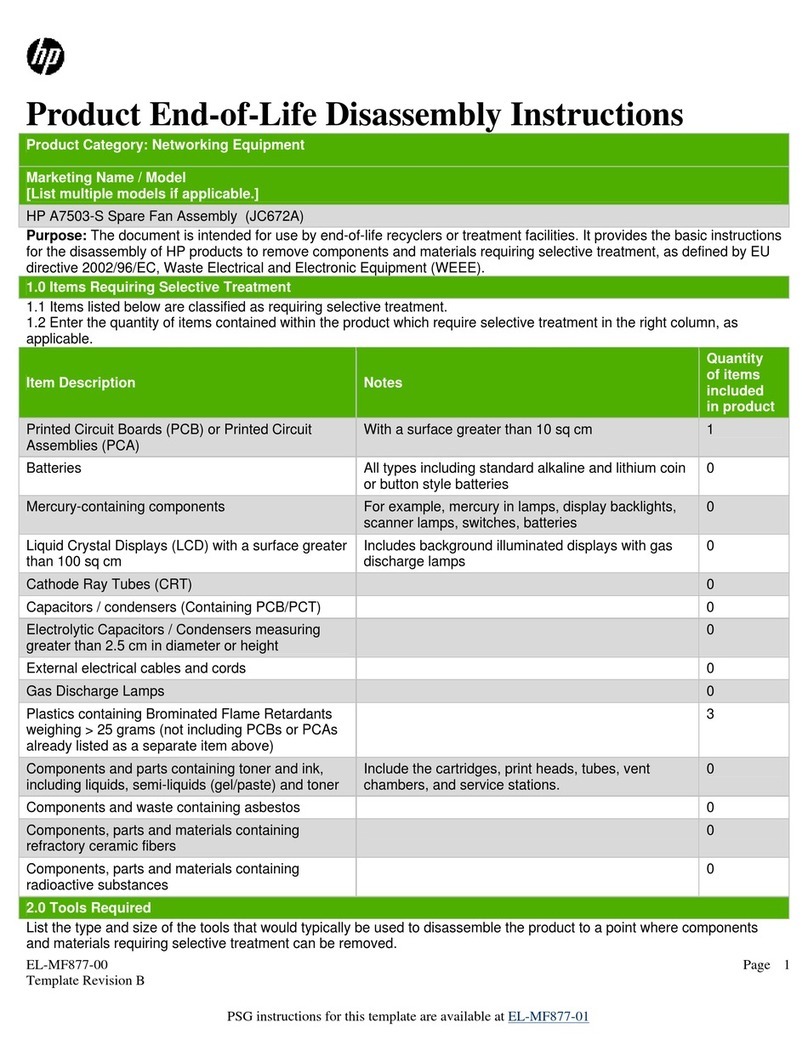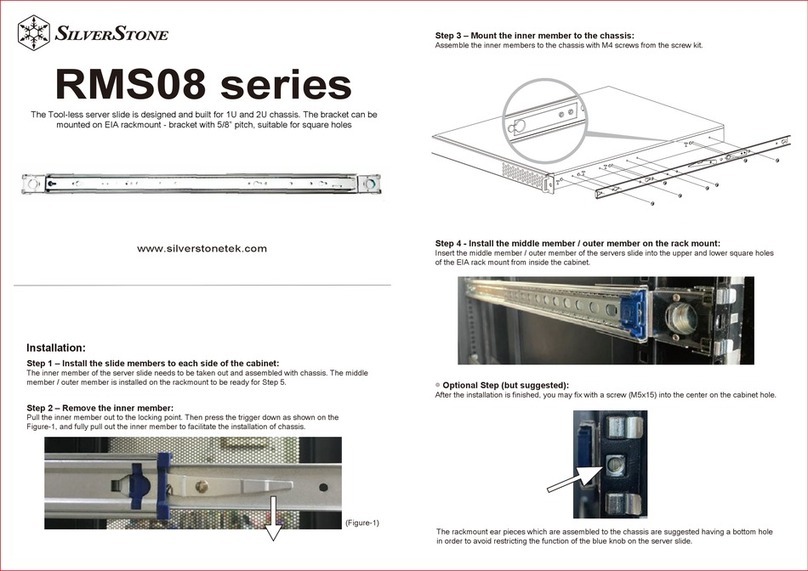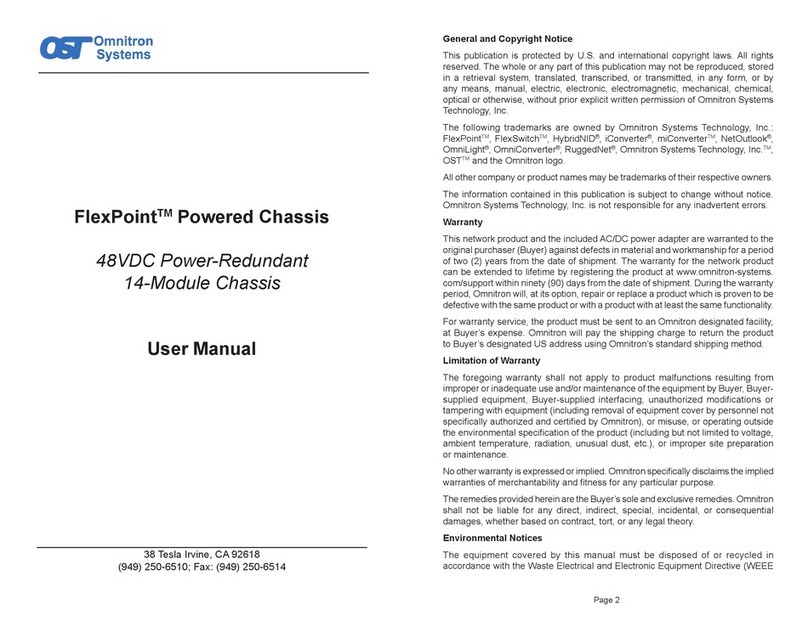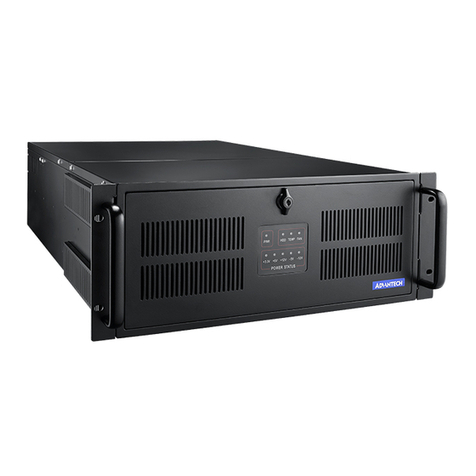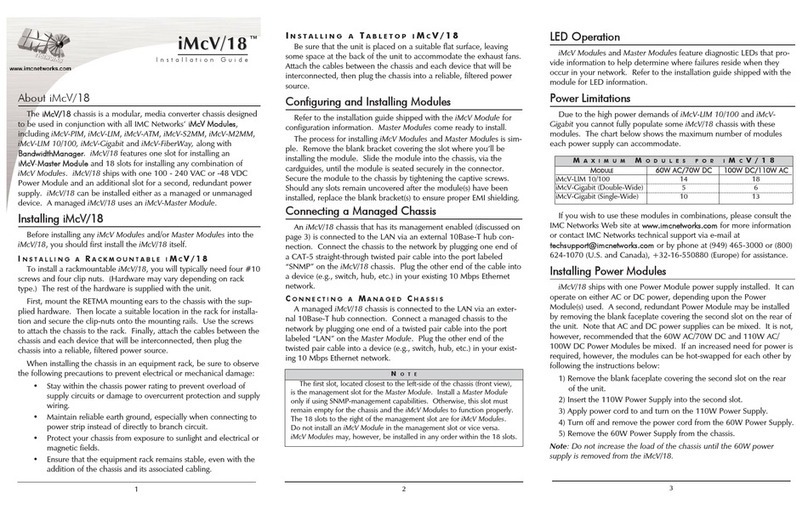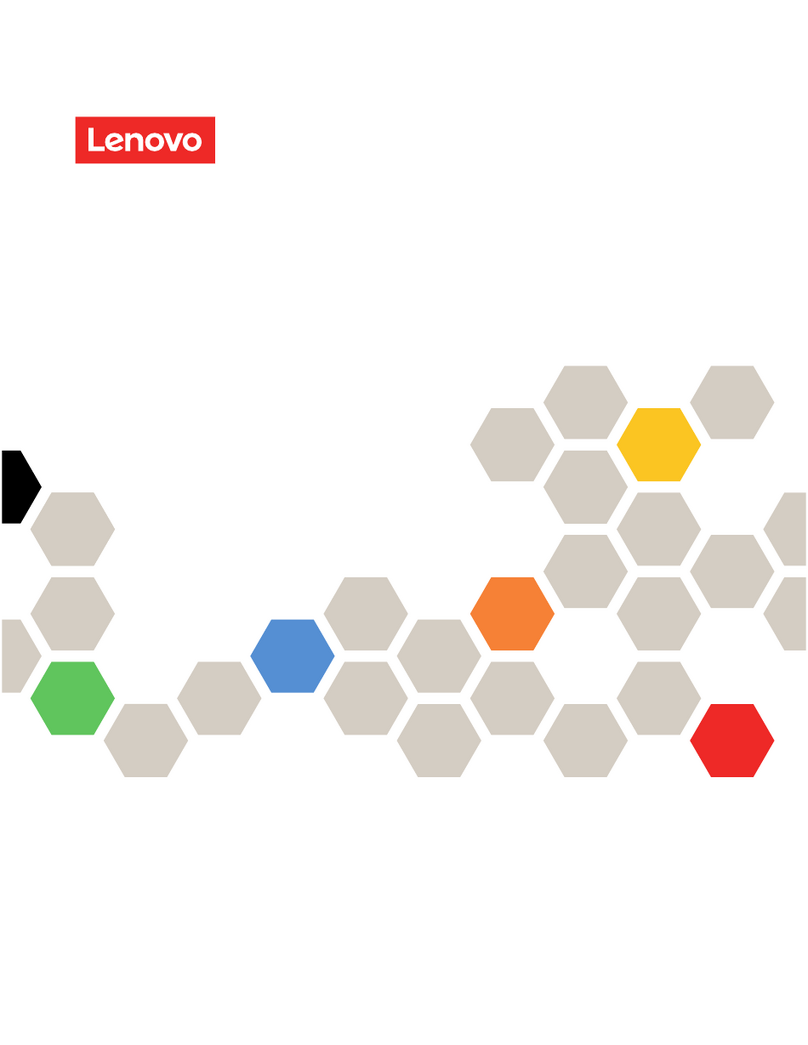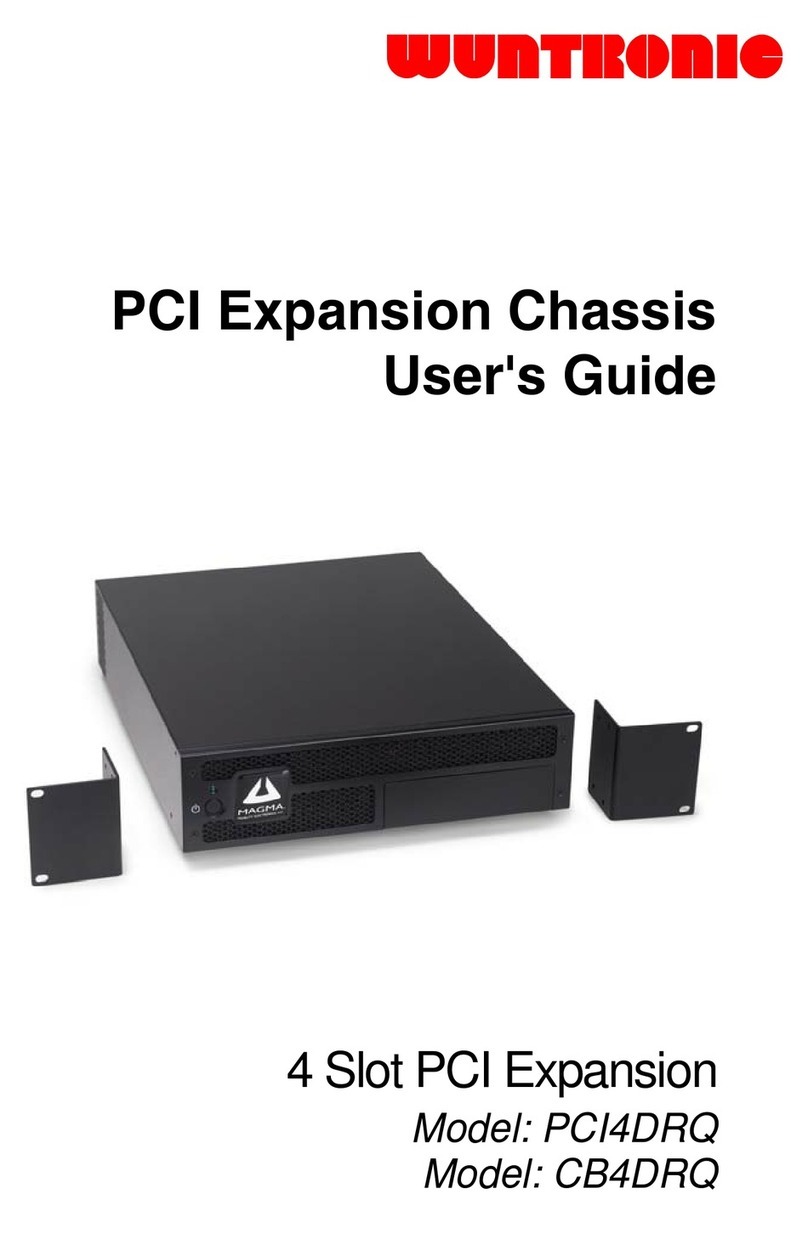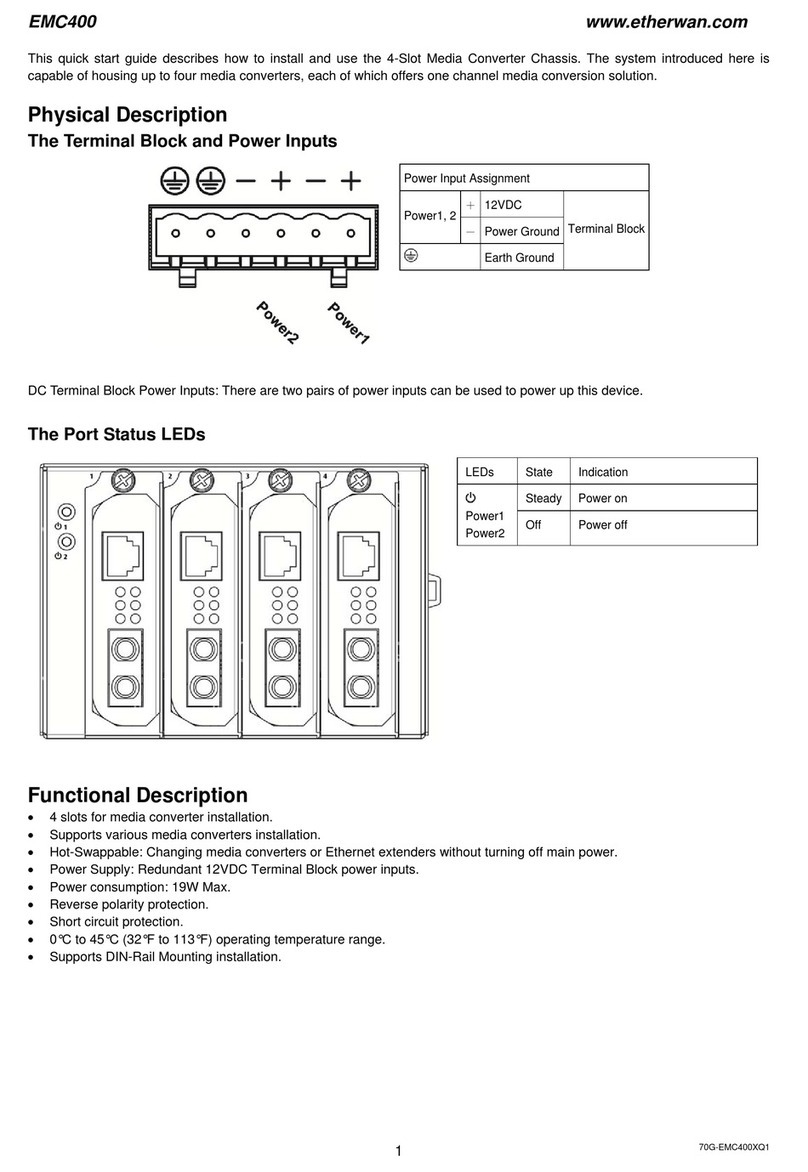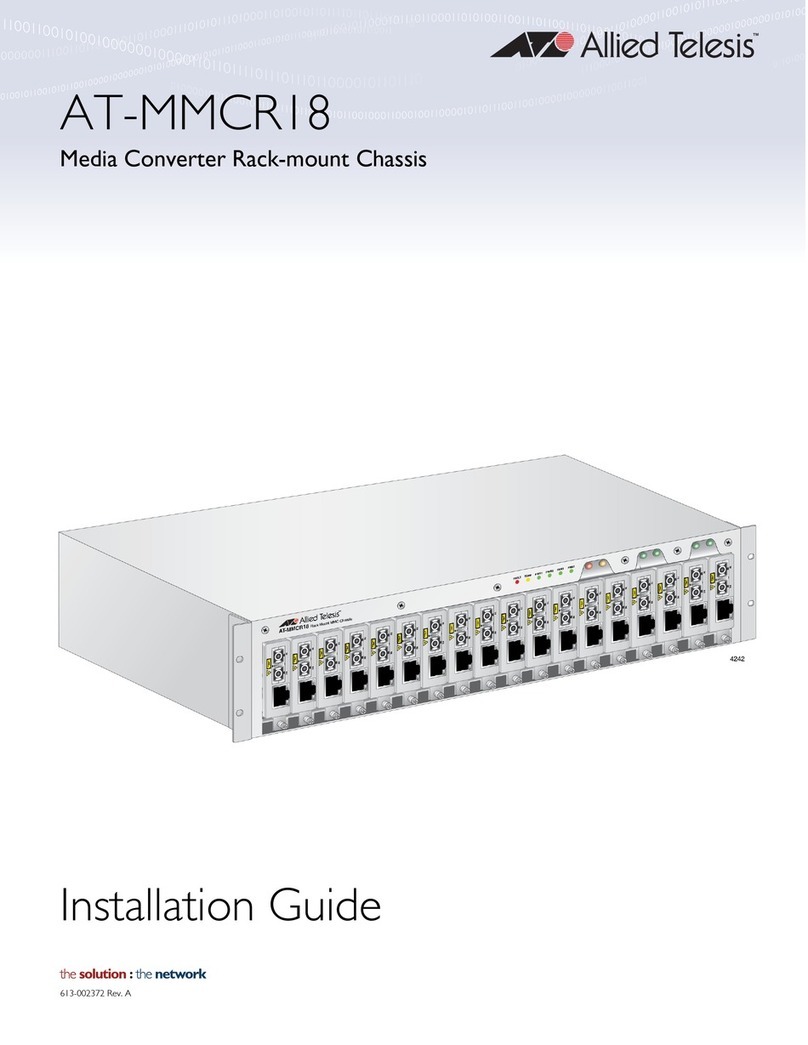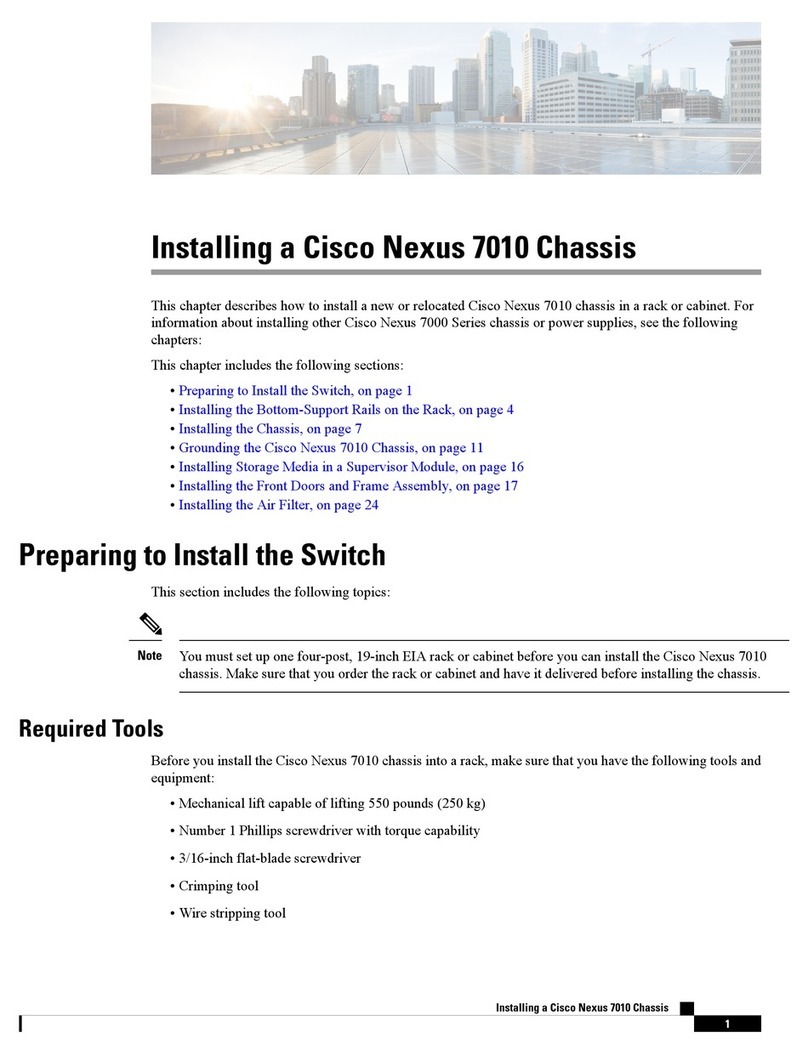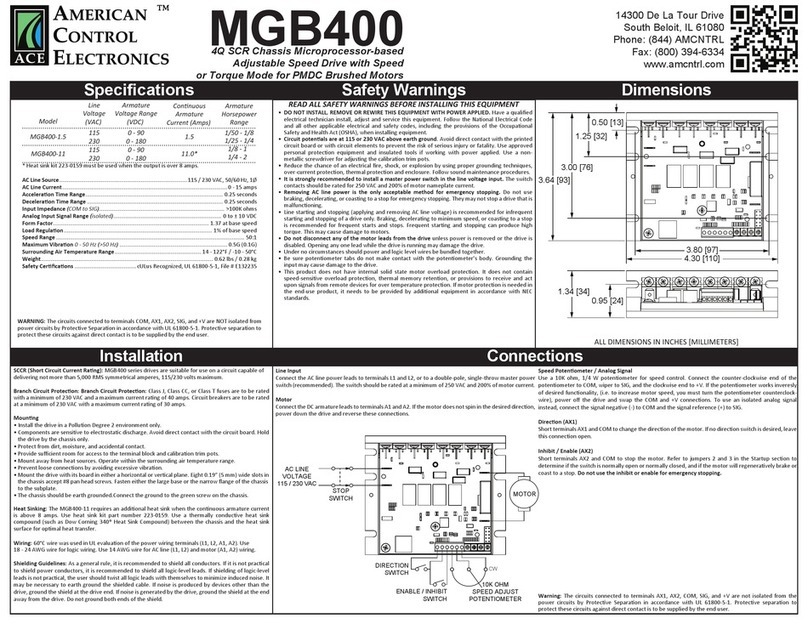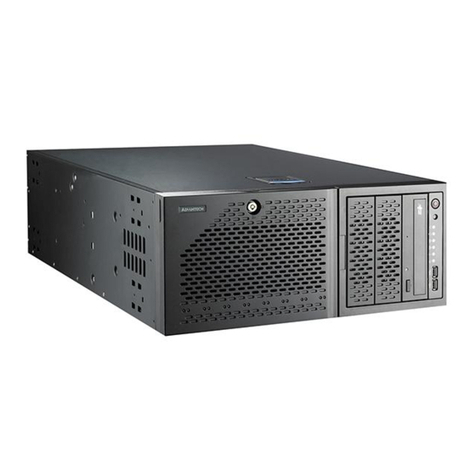
38 Tesla, Irvine, CA 92618 USA
Phone: (949) 250-6510
iConverter®
1-Module Redundant Power Chassis
User Manual
General and Copyright Notice
This publication is protected by U.S. and international copyright laws.All rights reserved.
The whole or any part of this publication may not be reproduced, stored in a retrieval
system, translated, transcribed, or transmitted, in any form, or by any means, manual,
electric, electronic, electromagnetic, mechanical, chemical, optical or otherwise, without
prior explicit written permission of Omnitron Systems Technology, Inc.
The following trademarks are owned by Omnitron Systems Technology, Inc.: FlexPointTM,
FlexSwitchTM, HybridNID®, iConverter®, miConverterTM, NetOutlook®, OmniLight®,
OmniConverter®, RuggedNet®, Omnitron Systems Technology, Inc.TM, OSTTM and the
Omnitron logo.
All other company or product names may be trademarks of their respective owners.
The information contained in this publication is subject to change without notice.
Omnitron Systems Technology, Inc. is not responsible for any inadvertent errors.
Warranty
This network product and the included AC/DC power adapter are warranted to the
original purchaser (Buyer) against defects in material and workmanship for a period of
two (2) years from the date of shipment. The warranty for the network product can be
extended to lifetime by registering the product at www.omnitron-systems.com/support
within ninety (90) days from the date of shipment. During the warranty period, Omnitron
will, at its option, repair or replace a product which is proven to be defective with the
same product or with a product with at least the same functionality.
For warranty service, the product must be sent to an Omnitron designated facility, at
Buyer’s expense. Omnitron will pay the shipping charge to return the product to Buyer’s
designated US address using Omnitron’s standard shipping method.
Limitation of Warranty
The foregoing warranty shall not apply to product malfunctions resulting from improper
or inadequate use and/or maintenance of the equipment by Buyer, Buyer-supplied
equipment, Buyer-supplied interfacing, unauthorized modications or tampering
with equipment (including removal of equipment cover by personnel not specically
authorized and certied by Omnitron), or misuse, or operating outside the environmental
specication of the product (including but not limited to voltage, ambient temperature,
radiation, unusual dust, etc.), or improper site preparation or maintenance.
No other warranty is expressed or implied. Omnitron specically disclaims the implied
warranties of merchantability and tness for any particular purpose.
The remedies provided herein are the Buyer’s sole and exclusive remedies. Omnitron
shall not be liable for any direct, indirect, special, incidental, or consequential damages,
whether based on contract, tort, or any legal theory.
Environmental Notices
The equipment covered by this manual must be disposed of or recycled in accordance
with the Waste Electrical and Electronic Equipment Directive (WEEE Directive) of
the European Community directive 2012/19/EU on waste electrical and electronic
equipment (WEEE) which, together with the RoHS Directive 2015/863/EU, for electrical
and electronic equipment sold in the EU after July 2019. Such disposal must follow
national legislation for IT and Telecommunication equipment in accordance with the
Page 2
